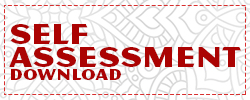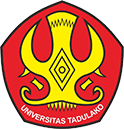STRATEGI PR INDONESIA DALAM MEMBANGUN CORPORATE REPUTATION MELALUI EVENT JAMBORE PR INDONESIA (JAMPIRO)
DOI:
https://doi.org/10.22487/ejk.v8i2.151Keywords:
corporate reputation, event JAMPIRO, strategi PR Indonesia, virtual eventAbstract
In establishing an excellent corporation's reputation, PR Indonesia, an Indonesian public relations magazine company, holds an award event every year, the Jambore PR Indonesia. This jamboree event is for all Indonesian public relations figures, both public relations who work for the government and private companies. However, during Covid-19, this event's euphoria could not be felt entirely even though PR Indonesia had tried to establish its reputation by innovating the event virtually online. Therefore, this study aimed to explore PR Indonesia's strategy in establishing corporate reputation from a virtual event, Jambore PR Indonesia (JAMPIRO), by using corporate reputation theory, event theory, and virtual event. The qualitative method was applied to this research. Interpretative research paradigm and cases study approach were also used. The data collections were obtained by using observation, interview and documentation. The research results showed that PR Indonesia had several strategies to build corporate reputation. They conducted city tours, researched public relations’ issues, and discussed with public relations specialists to find new ideas and used PR's Icon as brand reputation. Those corporate reputation strategies created the JAMPIRO event, which was promoted in offline and online media. Looking for event references, keeping participants' trust, and holding JAMPIRO events in various cities were also the other strategies. Hence, during the Covid-19 pandemic, PR Indonesia invented many innovations by creating virtual events to maintain its reputation. The maneuverings were to run online promotions, find virtual event references, create innovative events, determine the virtual event's criteria and hold the low-cost event.







